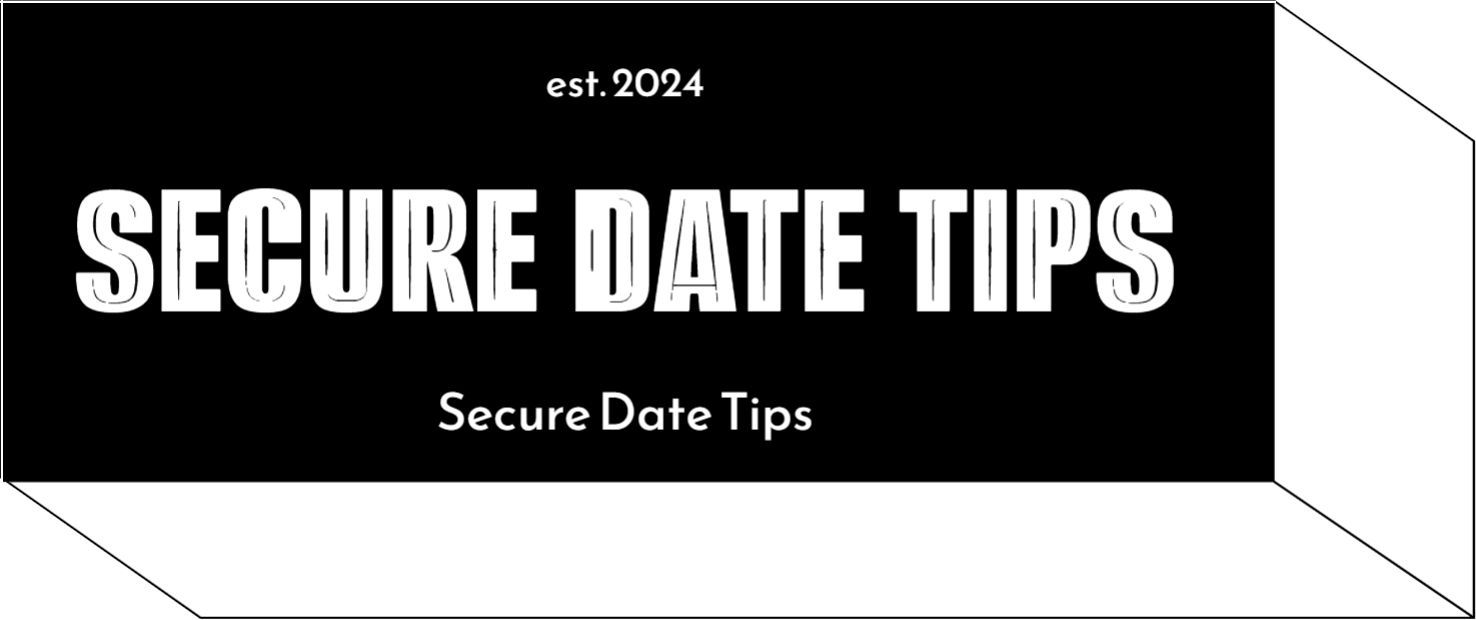In the vast, interconnected expanse of the digital world, every click, search, and share leaves behind a trace—a digital footprint that can reveal more about us than we might imagine. As we navigate this intricate web, safeguarding our online presence becomes paramount. Enter the realm of privacy tools, where technology empowers us to reclaim control over our personal information. In this article, we delve into the art of protecting your digital footprint, exploring the essential tools and strategies that can help shield your online identity from prying eyes. Join us on this journey to fortify your digital life, ensuring that your virtual self remains as secure as your real-world counterpart.
Understanding Your Digital Shadow
Every click, share, and search you perform online contributes to your digital shadow, an often overlooked aspect of your digital footprint. This shadow is the cumulative data trail you leave behind, which can be accessed by various entities, sometimes without your explicit consent. Understanding what constitutes this shadow is the first step in safeguarding your online presence. Consider the following elements that contribute to it:
- Social Media Activity: Posts, comments, and likes that reveal personal preferences and connections.
- Search Engine Queries: Your interests and inquiries are logged and analyzed.
- Online Purchases: Transaction history that maps your spending habits.
- Location Data: GPS and location tags that track your movements.
By recognizing the components of your digital shadow, you can better utilize privacy tools to manage and protect it, ensuring your online activities remain private and secure.

Choosing the Right Privacy Tools for You
In a world where digital privacy is increasingly important, selecting the right tools can make all the difference. Begin by evaluating your specific needs: are you looking to encrypt communications, protect browsing activities, or secure personal data? Understanding your priorities will guide you toward the most suitable solutions.
- Virtual Private Networks (VPNs): Essential for encrypting internet traffic and masking your IP address.
- Password Managers: Safeguard your credentials with strong, unique passwords for every account.
- Encrypted Messaging Apps: Ensure your conversations remain private and secure from third-party access.
- Privacy-Focused Browsers: Opt for browsers that prioritize blocking trackers and ads.
Each tool serves a distinct purpose, and integrating them into your daily routine can significantly enhance your digital security. Remember, the best privacy tools are those that seamlessly fit into your lifestyle while providing robust protection.

Implementing Strong Data Encryption
In an era where digital privacy is paramount, embracing robust encryption methods is essential. By encrypting your data, you ensure that your sensitive information remains inaccessible to unauthorized entities. Encryption transforms your data into a coded format, only readable by those with the decryption key. This not only protects your data from cyber threats but also enhances your overall privacy.
To implement strong data encryption, consider the following tools and practices:
- Use End-to-End Encrypted Messaging Apps: Platforms like Signal and WhatsApp offer encryption that ensures only you and the person you’re communicating with can read the messages.
- Encrypt Your Devices: Utilize built-in encryption features like BitLocker for Windows or FileVault for macOS to secure your device’s storage.
- Secure Cloud Storage: Choose cloud services that offer client-side encryption, ensuring your data is encrypted before it leaves your device.
- Implement VPNs: Virtual Private Networks encrypt your internet traffic, shielding your online activities from prying eyes.
Staying Ahead with Regular Privacy Audits
In the fast-evolving digital landscape, ensuring your online privacy is more crucial than ever. Regular privacy audits act as a safeguard, allowing you to identify and mitigate potential vulnerabilities. Conducting these audits involves a thorough review of your digital footprint, including social media settings, app permissions, and browser configurations. By routinely assessing your digital presence, you can uncover hidden risks and take proactive measures to protect your personal information.
Consider implementing the following steps during your audits:
- Review App Permissions: Regularly check and update the permissions granted to apps on your devices.
- Analyze Social Media Settings: Adjust privacy settings to control who can see your information.
- Update Software: Keep your software up-to-date to protect against the latest security threats.
- Secure Browsers: Use privacy-focused browser extensions and clear cookies regularly.
By integrating these practices into your routine, you can stay one step ahead, ensuring your digital footprint remains secure and well-guarded.



